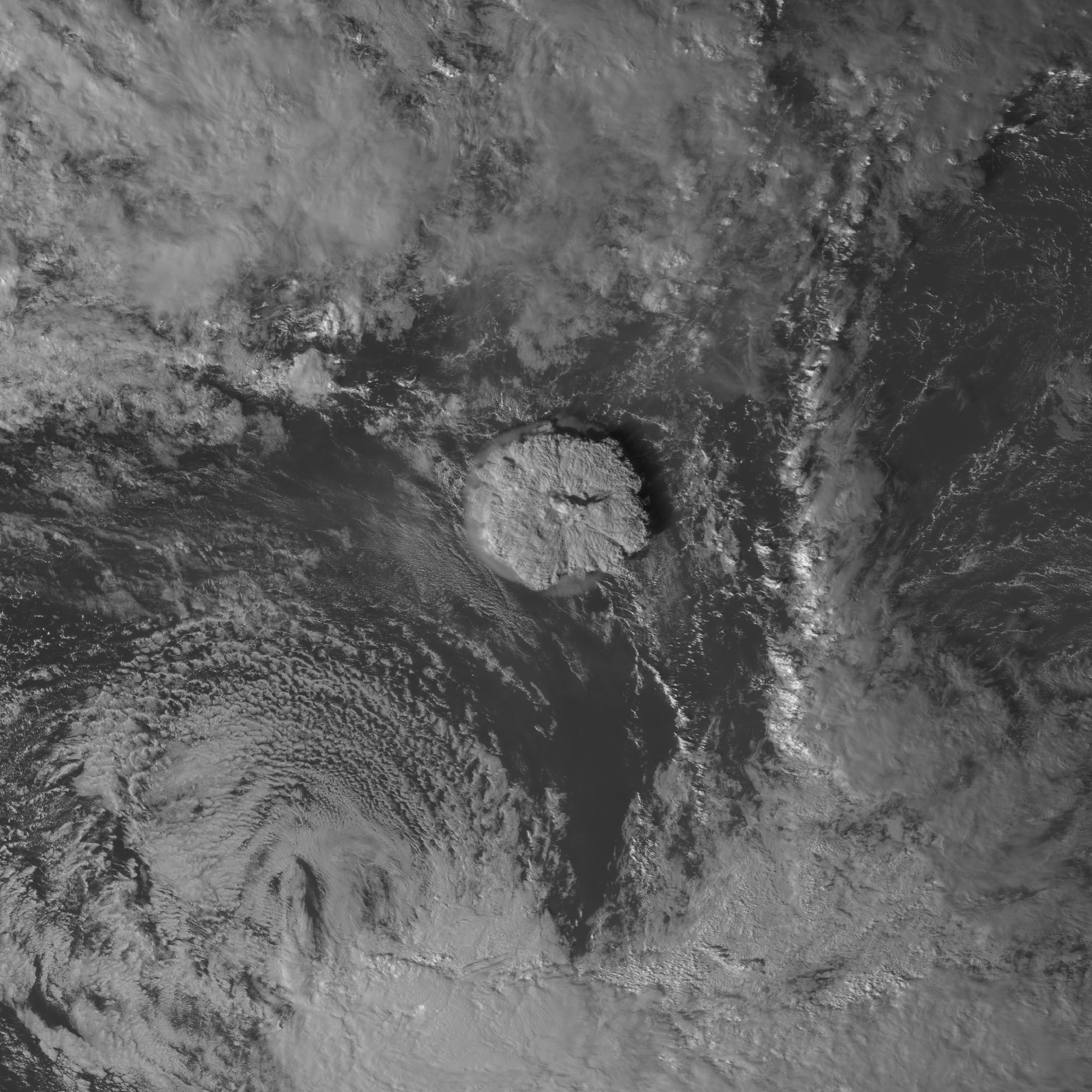Cyclone Cody on:
[Wikipedia]
[Google]
[Amazon]
Severe Tropical Cyclone Cody was a strong tropical cyclone in the
 The
The
South Pacific
The Pacific Ocean is the largest and deepest of Earth's five oceanic divisions. It extends from the Arctic Ocean in the north to the Southern Ocean (or, depending on definition, to Antarctica) in the south, and is bounded by the continen ...
which caused widespread damage in Fiji. The second tropical cyclone and first severe tropical cyclone of the 2021–22 South Pacific cyclone season
The 2021–22 South Pacific cyclone season was a near average tropical cyclone season within the South Pacific Ocean to the east of 160°E. The season officially started from November 1, 2021, and officially ended on April 30, 2022, however a tr ...
, Cody was first noted by the Fiji Meteorological Service
The Fiji Meteorological Service (FMS) is a Department of the government of Fiji responsible for providing weather forecasts and is based on the grounds of Nadi Airport in Nadi. The current director of Fiji Meteorological Service is Misaeli Funa ...
(FMS) on 5 January as Tropical Disturbance 03F. The tropical depression killed one person, and over 4,500 people were evacuated. On 10 January, the system was upgraded to a Category 1 tropical cyclone by the FMS, receiving the name Cody. While the FMS recorded a peak intensity of 130 km/h (80 mph), the Joint Typhoon Warning Center
The Joint typhoon Warning Center (JTWC) is a joint United States Navy – United States Air Force command in Pearl Harbor, Hawaii. The JTWC is responsible for the issuing of tropical cyclone warnings in the North-West Pacific Ocean, South P ...
(JTWC) only recorded a peak intensity of 95 km/h (60 mph). Cody was the first tropical cyclone in 2022
File:2022 collage V1.png, Clockwise, from top left: Road junction at Yamato-Saidaiji Station several hours after the assassination of Shinzo Abe; Anti-government protest in Sri Lanka in front of the Presidential Secretariat; The global monkeyp ...
.
Meteorological history
 The
The Fiji Meteorological Service
The Fiji Meteorological Service (FMS) is a Department of the government of Fiji responsible for providing weather forecasts and is based on the grounds of Nadi Airport in Nadi. The current director of Fiji Meteorological Service is Misaeli Funa ...
(FMS) began monitoring a tropical disturbance on 5 January at 09:54 UTC, designating the system as ''03F''. Later that day, the Joint Typhoon Warning Center
The Joint typhoon Warning Center (JTWC) is a joint United States Navy – United States Air Force command in Pearl Harbor, Hawaii. The JTWC is responsible for the issuing of tropical cyclone warnings in the North-West Pacific Ocean, South P ...
(JTWC) began monitoring 03F, though its development was inhibited due to wind shear
Wind shear (or windshear), sometimes referred to as wind gradient, is a difference in wind speed and/or direction over a relatively short distance in the atmosphere. Atmospheric wind shear is normally described as either vertical or horizon ...
. The system's chances of developing increased, and on 8 January, the JTWC issued a Tropical Cyclone Formation Alert
A Tropical Cyclone Formation Alert (TCFA) is a bulletin released by the U.S. Navy-operated Joint Typhoon Warning Center in Honolulu, Hawaii or the Fleet Weather Center in Norfolk, Virginia, warning of the possibility of a tropical cyclone formi ...
for 03F. On the same day at 21:00 UTC, the JTWC upgraded 03F to a tropical depression, assigning it the designation ''05P''. 03F briefly weakened on the next day; however, it reorganized, with a satellite scatterometer pass showing winds of prompting the JTWC to upgrade it to a tropical storm. On 10 January, the FMS upgraded 03F to a Category 1 cyclone on the Australian scale
Tropical cyclones are ranked on one of five tropical cyclone intensity scales, according to their maximum sustained winds and which tropical cyclone basins they are located in. Only a few scales of classifications are used officially by the m ...
and assigned it the name ''Cody''. The FMS estimated peak 10-minute sustained winds of , with the JTWC estimating peak 1-minute sustained winds of . The JTWC assessed that Cody transitioned into a subtropical cyclone
A subtropical cyclone is a weather system that has some characteristics of both tropical and an extratropical cyclone.
As early as the 1950s, meteorologists were uncertain whether they should be characterized as tropical or extratropical cyclo ...
on 11 January, with the FMS issuing its last advisory for Cody on 12 January at 19:15 UTC.
Preparations and impact
One person was killed as a result of the cyclone, with over 4,500 people evacuated in Fiji. The tsunami that was caused by the eruption of Hunga Tonga–Hunga Ha'apai on January 15 was amplified inNew Zealand
New Zealand ( mi, Aotearoa ) is an island country in the southwestern Pacific Ocean. It consists of two main landmasses—the North Island () and the South Island ()—and over 700 List of islands of New Zealand, smaller islands. It is the ...
as a result of the storm surge created by Cyclone Cody.
See also
* Weather of 2022 *Tropical cyclones in 2022
In 2022, tropical cyclones have formed in seven major bodies of water, commonly known as tropical cyclone basins. Tropical cyclones will be named by various weather agencies when they attain maximum sustained winds of . So far, 132 systems hav ...
References
External links
{{Retired South Pacific cyclones Tropical cyclones in 2022 Tropical cyclones in Fiji 2022 in Fiji Category 3 South Pacific cyclones